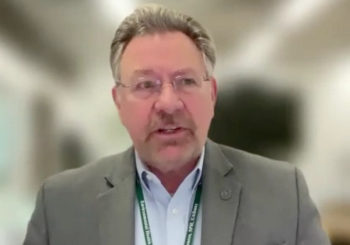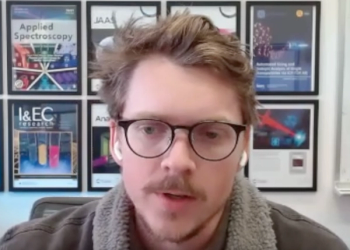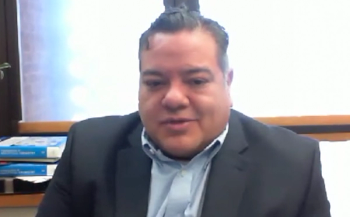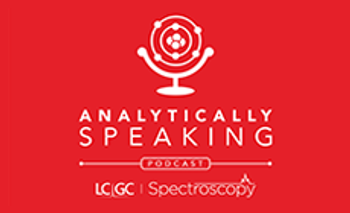
Highlighting the Nogales Border Test
In Part II of our three-part interview with Robert Ewing, he reviews the results of the Nogales border test.
The VaporID system was initially developed at the Pacific Northwest National Laboratory (PNNL) in 2020 by a team led by Robert Ewing, senior research chemist, project manager, and technical team leader for their Chemistry and Materials team (1,2). Since its inception in 2020, the VaporID was tested and further refined over the years to improve its technical capabilities.
One of those tests was the Nogales border test, conducted late last year, where BaySpec scientist Krisztian Torma, who worked with Ewing’s team to commercialize the VaporID instrument, collaborated with the U.S. Customs and Border Protection agency to determine the instrument’s ability to detect trace amounts of drugs such as fentanyl without touching the surface (1,3). This noncontact approach has implications for drug discovery and border security moving forward.
Ewing has been at PNNL since 2006. His work has focused on improving ion mobility spectrometry (IMS) and mass spectrometry (MS) instrumentation to expand their applicability in several security fields (2). His work has resulted in 39 peer-reviewed publications, as well as several patents and numerous conference presentations (2). He is also a former professor of chemistry and past president of the International Society for Ion Mobility Spectrometry (2).
Part I of our conversation with Ewing focused on the core technology behind the VaporID system. Here, Ewing discussed how the VaporID system enables noncontact detection of substances like fentanyl, describing the challenges his team faced in miniaturizing the instrument (1). In Part II, Ewing reviews the results of the Nogales border test.
This interview is the second part of a three-part interview with Ewing. You can view Part I on our conversation with Ewing in the literature (3).
References
- Wetzel, W. PNNL and BaySpec Launch Compact Mass Spectrometry System for Rapid Narcotics Detection. Spectroscopy. Available at:
https://www.spectroscopyonline.com/view/pnnl-and-bayspec-launch-compact-mass-spectrometry-system-for-rapid-narcotics-detection (accessed 2025-07-08). - Pacific Northwest National Laboratory, Robert G. Ewing. PNNL.gov. Available at:
https://www.pnnl.gov/people/robert-g-ewing (accessed 2025-07-08). - Wetzel, W. Noncontact Detection of Narcotics and Illicit Substances. Spectroscopy. Available at:
https://www.spectroscopyonline.com/view/noncontact-detection-of-narcotics-and-illicit-substances (accessed 2025-07-09).
Newsletter
Get essential updates on the latest spectroscopy technologies, regulatory standards, and best practices—subscribe today to Spectroscopy.



